The heart rate-monitor market exhibits a dynamic competitive landscape characterized by rapid technological advancements and evolving consumer preferences. Key players such as Apple Inc (US), Garmin Ltd (US), and Fitbit LLC (US) are at the forefront, leveraging innovation and strategic partnerships to enhance their market positions. Apple Inc (US) continues to integrate advanced health monitoring features into its devices, focusing on user experience and ecosystem connectivity. Garmin Ltd (US) emphasizes outdoor and fitness applications, appealing to a niche market of athletes and outdoor enthusiasts. Meanwhile, Fitbit LLC (US) has been enhancing its health tracking capabilities, particularly in the realm of wellness and preventive health, thereby broadening its appeal to health-conscious consumers.
The market structure appears moderately fragmented, with a mix of established brands and emerging players. Key tactics such as localizing manufacturing and optimizing supply chains are increasingly prevalent among these companies. This approach not only reduces costs but also enhances responsiveness to market demands. The collective influence of major players shapes competitive dynamics, as they vie for market share through innovation and strategic positioning.
In October 2025, Apple Inc (US) announced a partnership with a leading health insurance provider to offer personalized health insights through its devices. This strategic move is likely to enhance user engagement and expand its customer base by integrating health monitoring with insurance incentives. Such collaborations may redefine how consumers perceive health technology, positioning Apple as a leader in the health tech space.
In September 2025, Garmin Ltd (US) launched a new line of heart rate monitors specifically designed for triathletes, featuring advanced metrics and real-time feedback. This product launch underscores Garmin's commitment to catering to specialized markets, potentially increasing its market share among serious athletes. By focusing on performance-oriented features, Garmin reinforces its brand identity as a premium provider of fitness technology.
In August 2025, Fitbit LLC (US) introduced a subscription-based model for its health tracking services, allowing users to access personalized coaching and health insights. This strategic pivot towards a service-oriented approach may enhance customer loyalty and create a recurring revenue stream, reflecting a broader trend in the industry towards subscription-based health services.
As of November 2025, current trends in the heart rate-monitor market include a strong emphasis on digitalization, sustainability, and the integration of artificial intelligence (AI) into health monitoring devices. Strategic alliances are increasingly shaping the competitive landscape, as companies seek to enhance their technological capabilities and market reach. Looking ahead, competitive differentiation is likely to evolve, with a shift from price-based competition to a focus on innovation, technology, and supply chain reliability. Companies that can effectively leverage these trends will likely secure a competitive edge in the market.


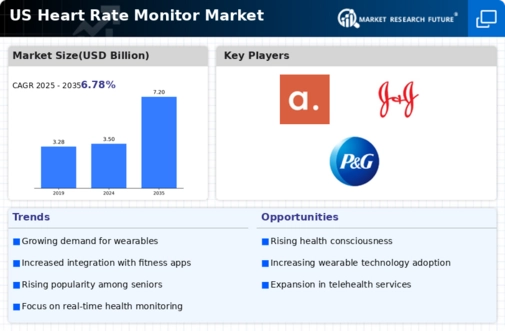
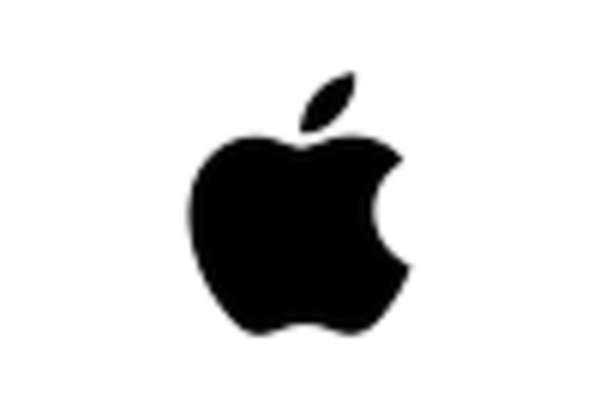
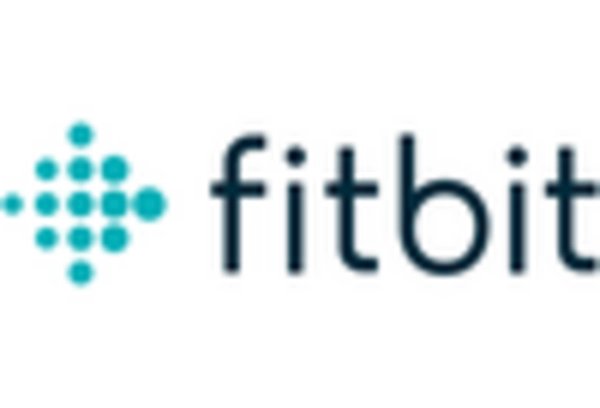
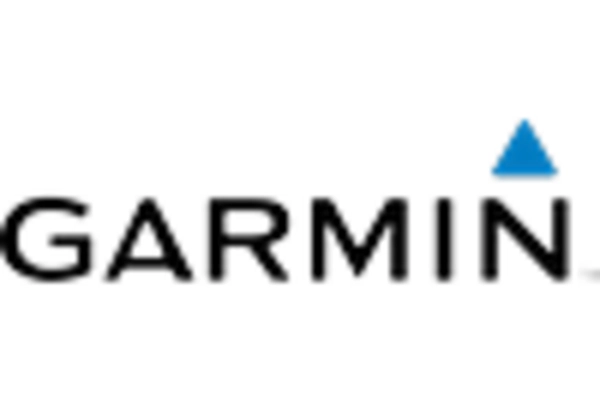
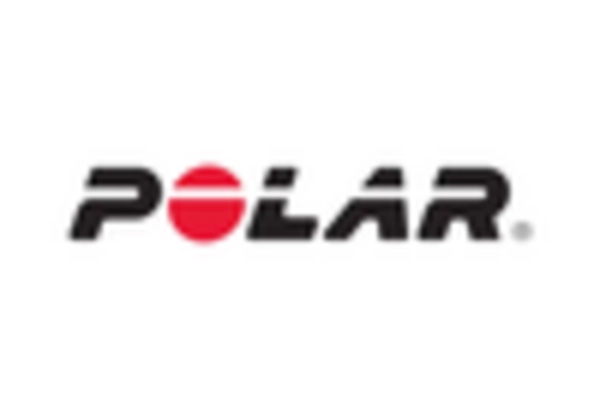
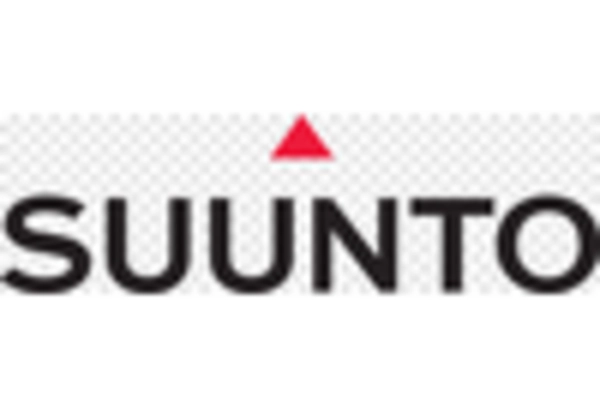
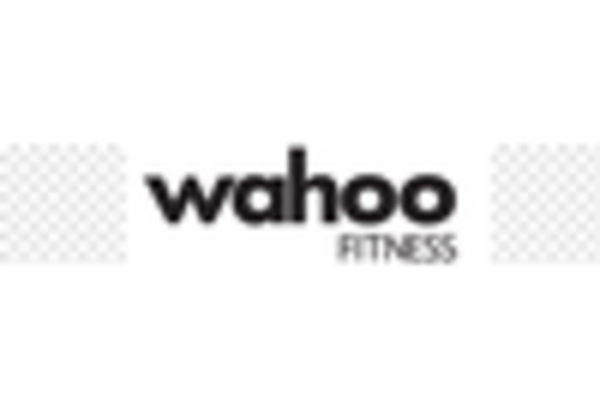








Leave a Comment